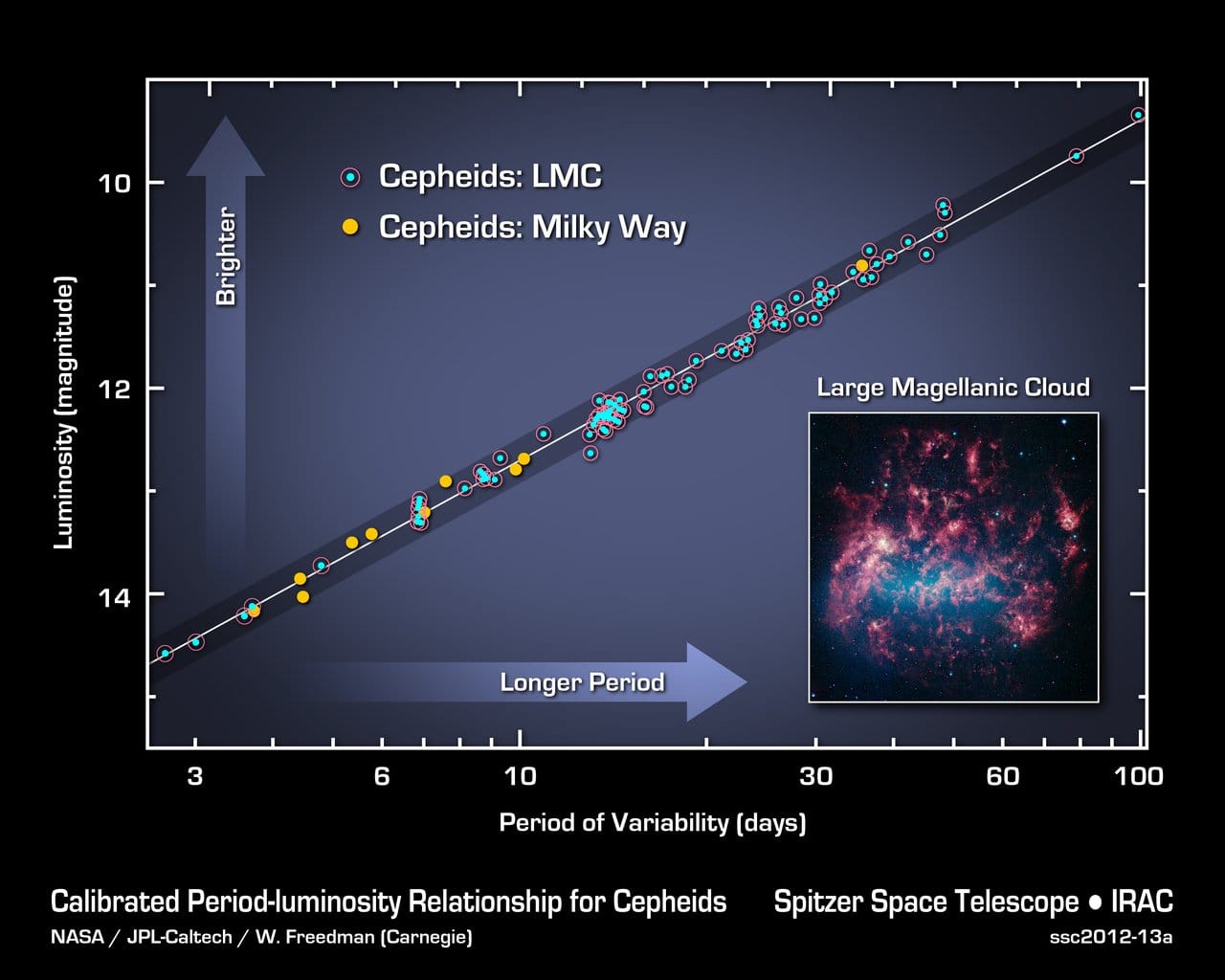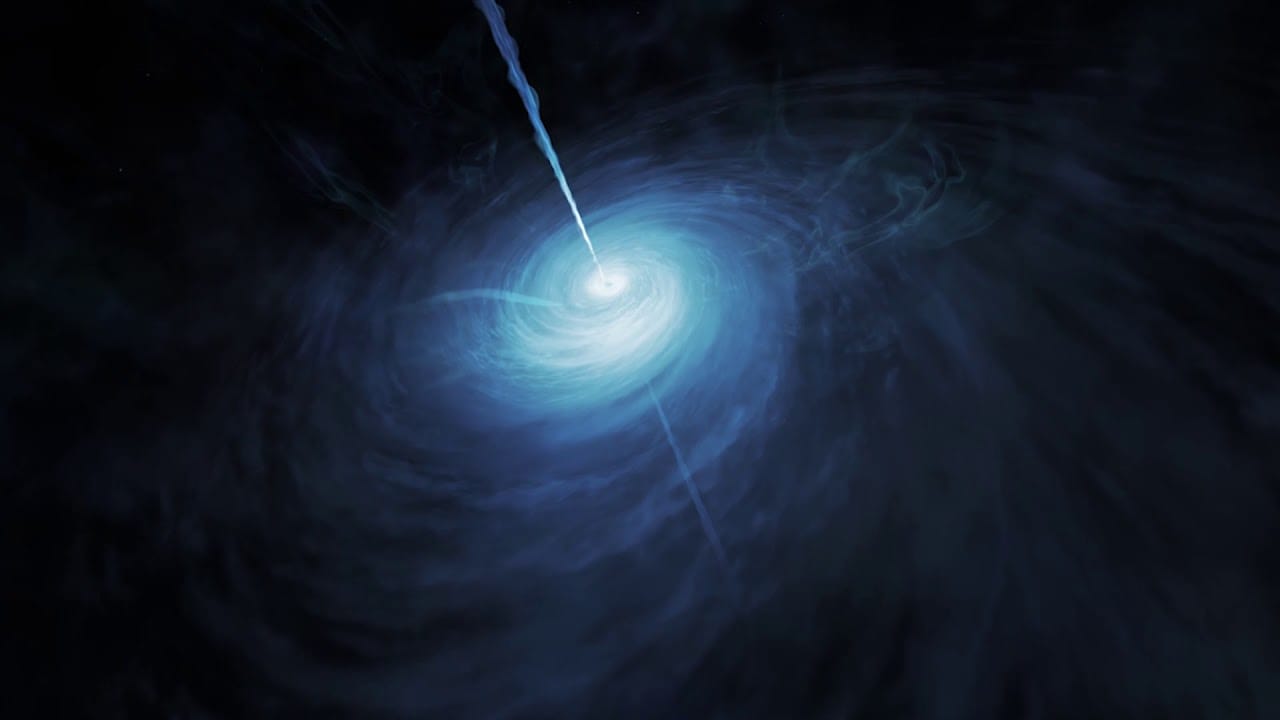The Spitzer Space Telescope, a powerful infrared observatory operated by NASA, has recently provided a significant contribution to the scientific efforts in understanding the universe’s expansion. By comparing measurements taken from two different methods, researchers were able to confirm a persistent and perplexing discrepancy between the predicted and observed expansion rates.
The first dataset relied on calculating the cosmic microwave background radiation (CMB) – the residual heat from the Big Bang – using the satellite mission, Planck. Planck’s findings indicated an expansion rate of 67.4 kilometers per second per megaparsec, which is a measure of how fast an object is moving away from us for every unit of distance. The second dataset used a value-cosmological parameters, derived from observational measures, to calculate the expansion rate to be approximately 74 kilometers per second per megaparsec.
The difference between these two figures, known as Hubble constant, marks a significant deviation that may challenge our current understanding of the universe. The nature of the inconsistency remains elusive, and scientists hypothesize several possible explanations for it. One theory postulates that the unknown or undiscovered aspects of dark energy could be responsible for the difference. Another theory attributes the discrepancy to the astrophysical processes such as the one governing the motion of stars within galaxies and the formation of clusters of galaxies.
Despite the potentially groundbreaking implications of the researchers’ findings, experts emphasize the need to delve deeper into this peculiar aspect of cosmology. Not only will further investigation likely shed light on various perplexing questions about our universe, but the results could also potentially guide the development of improved models for understanding the cosmos.



